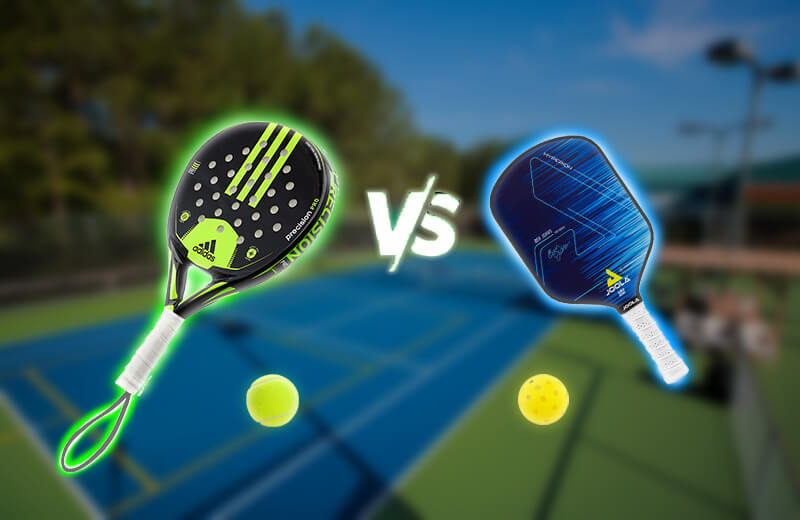As the sport of pickleball becomes more popular and it is played similarly to play tennis, more and more aficionados have questions about the differences between pickleball and tennis surfaces. Are pickleball courts the same as tennis courts? We will compare their playing courts to help those who want to build a pickleball court or who want to convert a tennis court into a pickleball court.
Pickleball court is a game played with a perforated plastic ball and a composite racket, usually on hard courts. Tennis, on the other hand, is a widely recognized sport played on various surfaces using rubber balls and rackets. Despite the similarities between pickleball and tennis courts, they are not the same.
Pickleball courts and tennis courts differ in size, surface material and markings.
Court Size
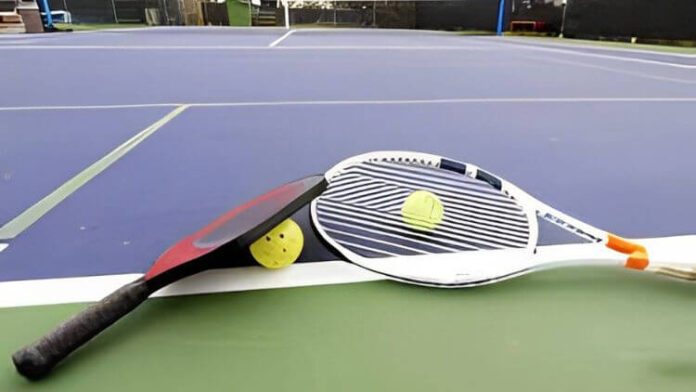
The most notable difference between a pickleball court and a tennis court is their size. A standard tennis court is 78 feet long and 36 feet wide (doubles) or 27 feet wide (singles). By comparison, a pickleball court is 44 feet long and 20 feet wide, much smaller than a tennis court.
The reduced size of the pickleball court allows for faster-paced play and encourages players to rely on strategy and skill rather than strength. In addition, according to this feature, you can completely remake the existing tennis court area into a multi-functional pickleball tennis court or directly transform it into a professional pickleball court.
Surface Material
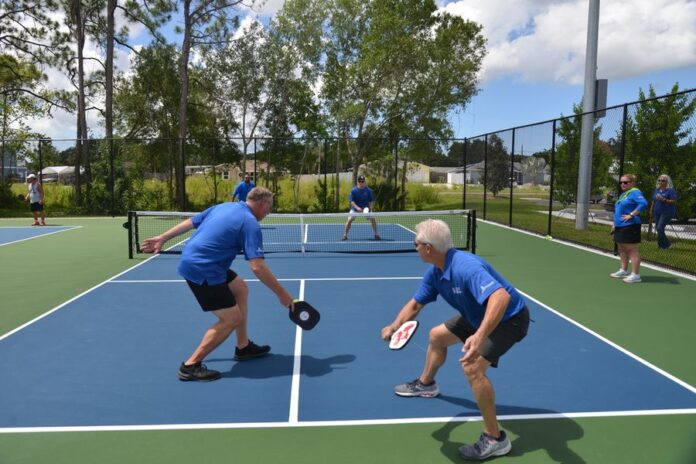
While both pickleball courts and tennis courts typically use foundations that require a hard surface such as asphalt or concrete, the material that is laid on the surface can vary. Tennis courts are available on a variety of surfaces, such as grass, clay, and acrylic, each of which affects the bounce and speed of the ball differently.
Pickleball courts, on the other hand, are mostly played on hard surfaces, which provide consistent bounce and speed. Of course, you can also buy professional sports flooring for tennis courts and pickleball courts at ZSFloor Tech.
Court Marking
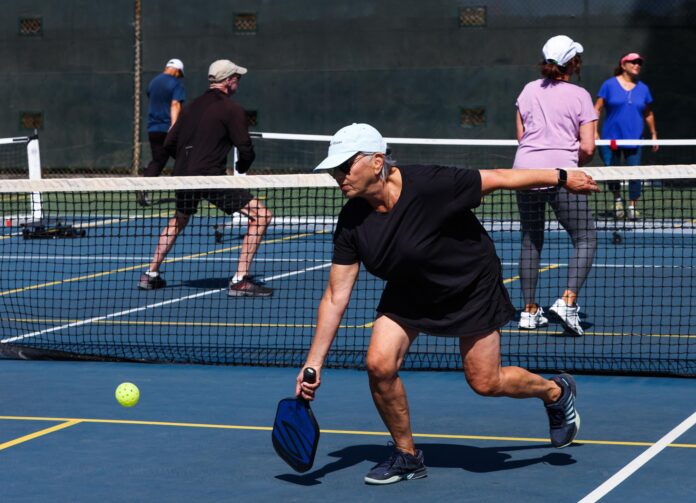
The court markings for pickleball and tennis balls are markedly different. In tennis, these lines demarcate the sidelines, service courts and bottom lines for singles and doubles. The net bisects the court, and the center service line and center marker complete the layout.
In pickleball, the court is divided in two by a net, with a left and right tee box on each side and a non-volleyball zone (NVZ) adjacent to the net. The NVZ, also known as the “kitchen,” is a 7-foot-deep zone where players cannot make volleys. This unique aspect of Pickleball adds an extra layer of strategy to the game.
Nets
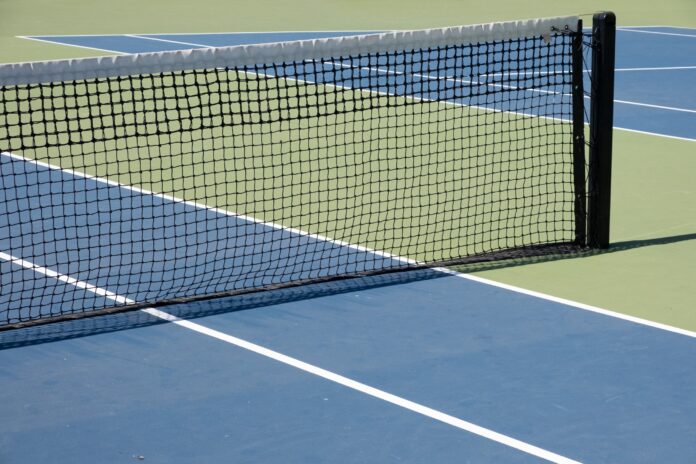
While both pickle ball courts and tennis courts have nets, they are not the same height. Tennis net posts are 3′ 6″ tall with a 3′ center. By comparison, a pickleball net is 3 feet taller on the sides and 34 inches taller in the center, slightly lower than a tennis net. This headroom difference affects the trajectory and speed of each shot in every sport.
Light
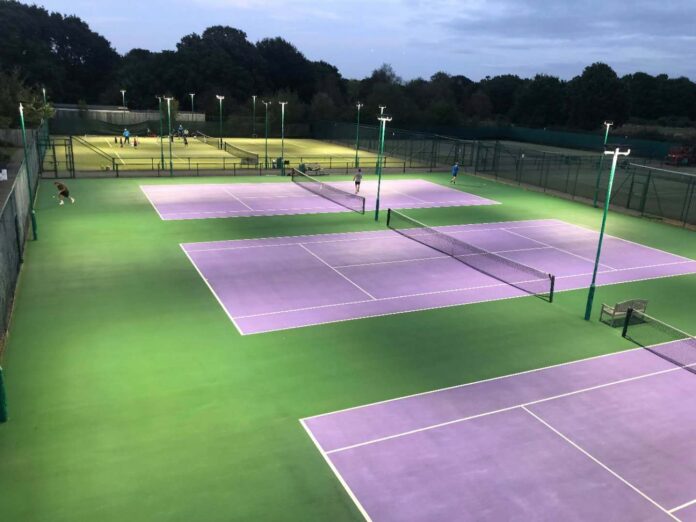
While not an inherent part of the court, proper lighting is critical to both pickleball and tennis, especially when playing at night. Due to the larger size of the tennis court, a wider and more powerful lighting system is required. Smaller pickleball courts can be adequately illuminated with fewer fixtures, reducing energy consumption and installation costs.
In conclusion, pickleball and tennis courts may look similar at first glance, but they are not the same. Size, surface material, marking, netting and lighting requirements vary widely from sport to sport. With the knowledge of pickleball courts and tennis courts, you can even turn your existing playing court into a multi-purpose and enjoy multiple sports.

